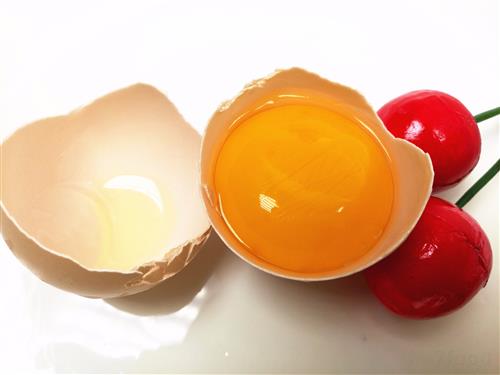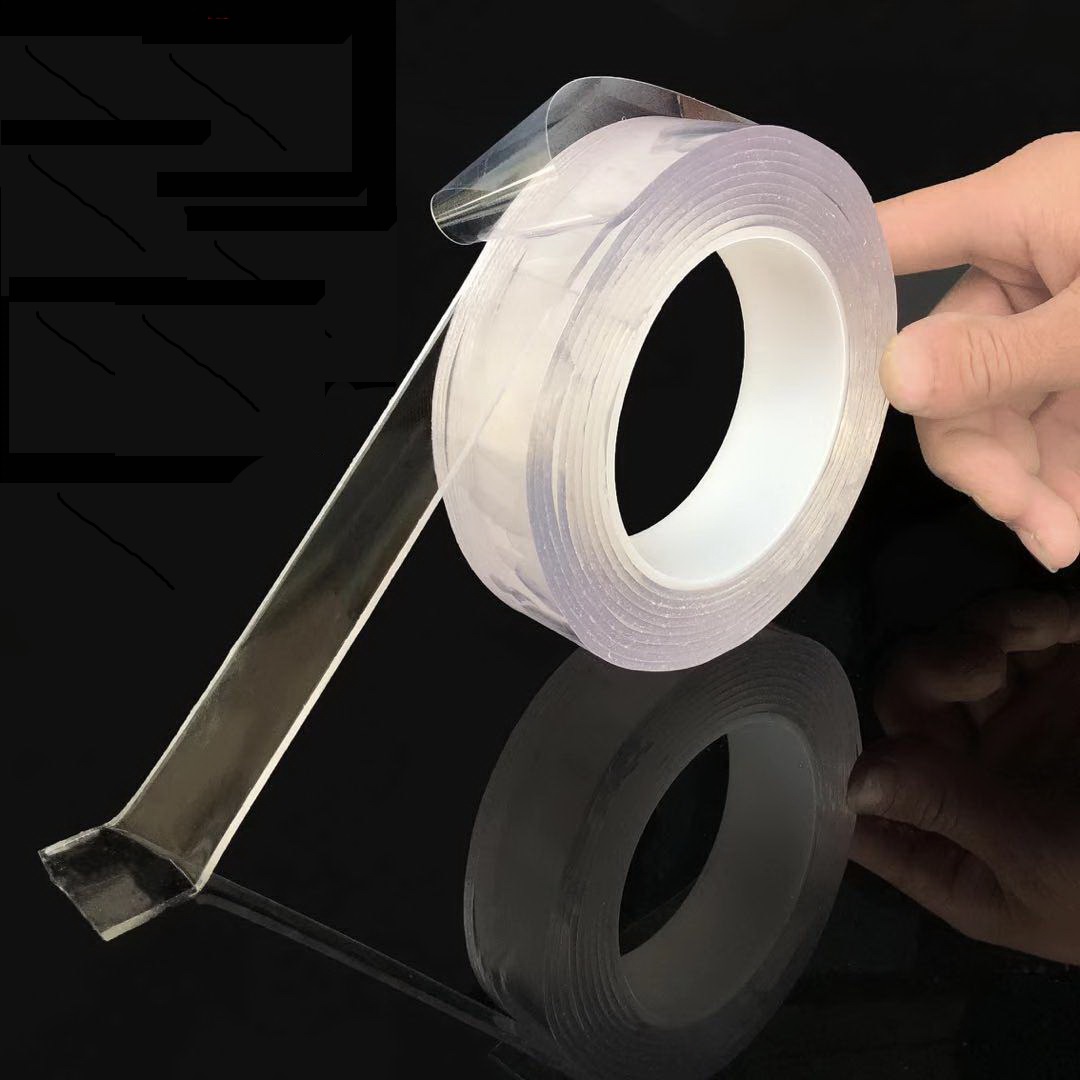With the baby's growth, after 4-6 months, the nutrients in breast milk have been unable to meet the growing needs of the baby. The timely addition of complementary foods can supplement the baby's nutritional needs, while also exercising the baby's chewing, swallowing and digestion capabilities. To promote the development of your baby's teeth and to prepare for the future weaning. But what should you pay attention to? Supplementary food supplements should follow the following principles:

Age-appropriate addition: The supplementary food must be added to the baby's month-old age for 6 months to add rotten porridge, egg yolk, puree, or thin-faced soup to add chopped vegetables and oil. 7-12 months can add soft noodles, egg tarts, tofu, oysters, all kinds of crushed vegetables, fish, lean meat and so on. Starting from cereals, the transition to fruits and vegetables, fish, eggs, beans, etc., can also choose to supplement some of the infant nutrition supplement food series.
From one to multiple: Gradually increase the type of food according to your baby's nutritional needs and digestion. At the beginning, you can only give the baby a complementary food that is suitable for the age of the baby. After the baby has been digested for 3 to 4 days or a week, if the baby's digestive condition is good and the defecation is normal, let the baby try another one. In a short period of time increase several kinds. And there is a benefit in doing so, that if the baby is allergic to a certain food, it can be observed in a few days of trying. If no adverse reactions occur within a few days after eating, it means that the baby can accept this food; if you suspect that the baby is allergic to a certain food, you may wish to feed it once a week. If there are 2-3 consecutive reactions, you can think The baby is allergic to this food. In addition to the baby's growth, different flavors of complementary food can be applied at each stage. For example, delicate, lubricated and easily digestible single grain foods can help the baby to successfully take the first step of milk transfer when adding rice noodles at the initial stage. With the baby's growth, you can choose to try new tastes for your baby, let the baby experience the taste of a variety of growth and fun, of course, when the baby's teeth and chewing ability is stronger, you can also taste tomato beef nutrition rice flour, oat nutrition rice flour and more Multi-taste and texture of rice noodles.
It should be from thin to thick: When the baby starts to add complementary food, the baby has not yet developed teeth, so parents can only feed the baby liquid food, gradually adding semi-liquid food, and finally to the solid food. If you add semi-solid or solid foods at the beginning, your baby will certainly be difficult to digest and cause diarrhea. Should be based on the development of the baby's digestive tract and the gradual growth of teeth, that is, the transition from soup, juice, rice soup to rice paste, vegetable puree, puree, meat paste, and then transition to soft rice, small pieces of food, Fruit and meat. In this way, the baby can absorb it well so that indigestion does not occur.
From small to large: The baby's food should be fine and the taste should be tender and smooth. Therefore, “mud†foods such as vegetable puree, puree, steamed egg tart, chicken puree, and pig liver puree are most suitable. This not only exercises the baby's swallowing function, lays the foundation for the gradual transition to solid food, but also familiarizes the baby with the natural taste of various foods, and develops good habits without partial eclipse and picky eaters. Moreover, "mud" contains cellulose, lignin, pectin, etc. It can promote intestinal peristalsis and facilitate digestion. In addition, when the baby is about to grow teeth or are growing teeth, parents can gradually make the food particles thick, which is conducive to promoting the growth of baby teeth, and exercise the baby's chewing ability.
From small to large quantities: Whenever you add new foods to your baby, you can only feed them once a day, and the amount is not large. For example, when the egg yolk is added, the baby is first fed 1/4, and after three or four days the baby does not have any adverse reactions, and there is no hunger, regular defecation, and stable sleep between meals, and then it is increased to half an egg yolk, and gradually increases to the entire yolk.
Discomfort should be immediately stopped: After the baby eats the newly added food, parents should observe the baby's digestive status closely. If there is diarrhea, or if there is more mucus in the stool, the food should be immediately paused, and after the baby returns to normal Add a small amount again. However, parents should understand that babies may change their bowel movements when they start to add complementary foods, such as darker dark brownies, or undigested food.
Eat liquid or mud-like foods: Usually the baby does not grow teeth when they start to add complementary foods, so liquid or mud-like foods are very suitable for baby digestion and absorption. However, you should not eat such food for your baby for a long time, because it will make your baby miss the crucial period of developing chewing ability, and may cause the baby to have difficulty in chewing on food.
Supplementary foods should not be used as substitutes for dairy foods: Some parents want to reduce the intake of breastmilk or other milk within 6 months of the baby's intake of rich foods. Because the baby is at this month of age, the main food should still be breast milk or formula milk powder, and other foods can only be used as a supplementary food.
The complementary foods to be added should be tender: When parents produce foods for the baby or buy commercially available food supplements, they should not only pay attention to nutrition, but ignore the tastes. This will not only affect the baby's taste development, but also cause hidden dangers for picky foods in the future, and may also make the baby right. Complementary food produces aversion, which affects the intake of nutrients. Supplementary food should be based on the principle of natural light, the raw materials must be fresh, you can add a little salt or sugar, but can not add flavor and artificial colors, etc., so as not to increase the baby's kidney burden. If you buy a commercially available rice noodle, you must purchase rice flour that is produced by international brands and regular manufacturers. The nutrition and safety are guaranteed, and it is also good for your baby.
Make your baby happy to “eat mealsâ€: ​​Parents all value the amount of nutrients your baby eats from the food supplement, but often neglect to cultivate the baby's happy eating habits. When parents feed baby food, they must first create a happy and harmonious eating environment for the baby. It is best to feed the baby when it is pleasant and clear. When the baby says that he is reluctant to eat, he must not force the baby to eat because it will cause frustration to the baby and negatively affect his future life.
Nano tape
Jerry tape`s Nano tape adopted New nanotechnology, also called magic tape. It has super strong adhesion, No residue, can be washed and reused.

1. Material of Jerry tape's nano tape
Our nano tape adopted New nanotechnology, Added super strong acrylic nano ingredients ,Adhesion increased 20%

2. Features of Jerry tape's Nano tape
1) Multipurpose
2) Can be washed and reused
3) Strong adhesion
4) No reasidue
5) Easy to cut
3. Applications of jerry tape's Nano tape
Fixing electrical socket, led light; fixing the carpets, hanging kitchen and bathroom tools; car or party decorations, etc. This wonderful magic tape two sided is a Must-Have product in your home.
Nano Tape,Nano Magic Tape,Nano Suction Tape,Reflective Anti Slip Strip
Kunshan Jieyudeng Intelligent Technology Co., Ltd. , https://www.yuhuanptapes.com